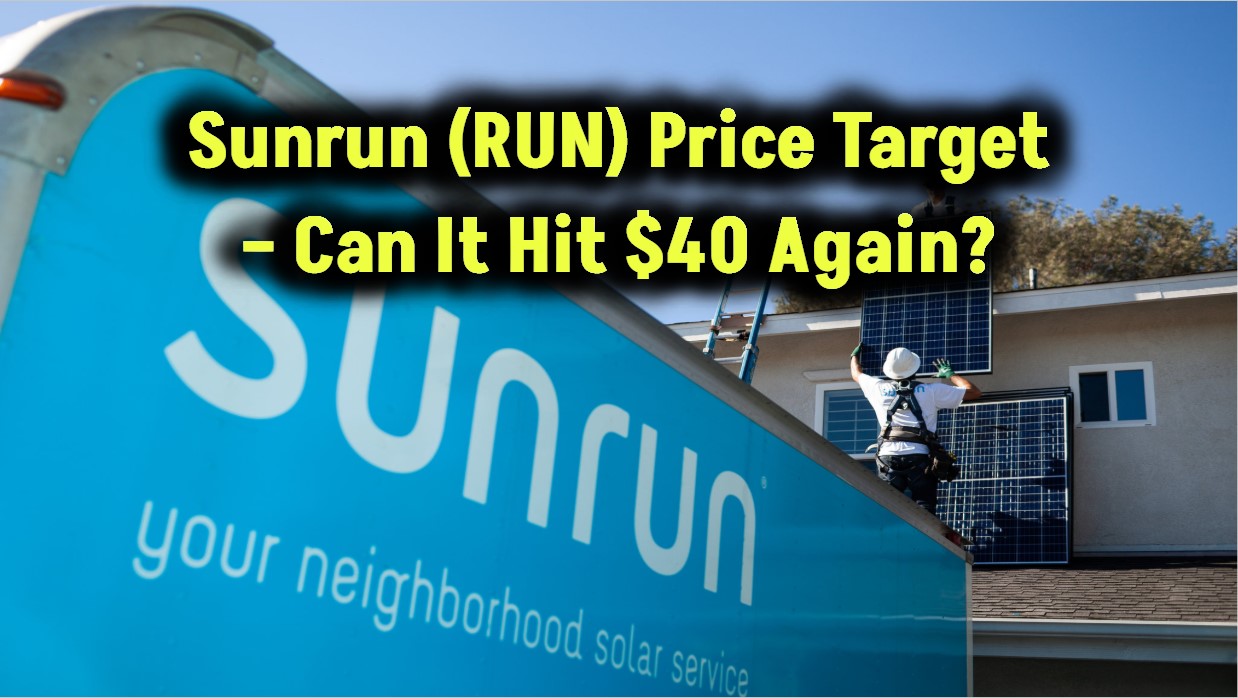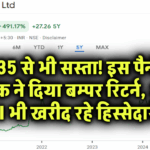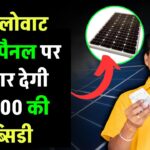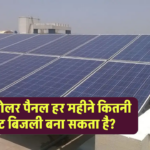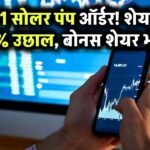
The global solar panel trade is undergoing a major transformation in 2025, driven by a combination of new U.S. tariffs on Southeast Asian imports and a slowdown in Europe’s renewable energy demand. These two forces are prompting a significant realignment of global supply chains, altering where panels are made, sold, and installed.
Whether you’re a policymaker, a solar energy investor, or simply someone trying to understand how solar panels get from factories to rooftops, these changes affect us all. In this article, we’ll break down the current shifts, what’s driving them, and what this means for the future of renewable energy trade.
Also Check: 2025 Eco Grants Revealed! Don’t Miss These Government Incentives for a Greener, Cheaper Home
What’s Going On? A Quick Overview
U.S. Tariffs Reshape the Solar Supply Chain
In 2024, the U.S. Department of Commerce finalized tariffs on solar panels imported from Vietnam, Malaysia, Thailand, and Cambodia. These countries, while not China, host many Chinese-owned factories. The U.S. claims that Chinese companies use them to bypass earlier tariffs, effectively “laundering” solar products through Southeast Asia.
As a result, imports from these four countries plunged by 33%, and overall U.S. solar panel imports dropped 26% in just nine months.
But where did the supply go?
The U.S. market quickly turned to Laos and Indonesia, two countries that weren’t hit by the tariffs. Together, they went from supplying less than 1% of the U.S. market to 29% after the second tariff wave in late 2024.
This shift shows just how quickly the solar trade adapts to policy changes.
Europe’s Solar Boom Hits a Wall
On the other side of the Atlantic, Europe’s solar energy expansion is slowing—not because of tariffs, but due to grid bottlenecks and policy hurdles.
According to Reuters, solar panel inventories in Europe surged in 2024 as installations lagged behind shipments. Europe’s aging electricity grids are struggling to handle intermittent power from solar sources, and permitting delays have slowed large-scale solar projects.
As a result:
- Europe’s share of Chinese solar exports dropped from 41% in 2024 to 34% in Q1 2025.
- Meanwhile, Asia’s share of Chinese exports rose to 37%, as demand in countries like India and Indonesia grows.
The European Union is still aiming to install 89 gigawatts of renewable capacity in 2025, but supply chain shifts and internal roadblocks may complicate that goal.
The Rise of New Manufacturing Hubs
Why Chinese Manufacturers Are Moving Again
The solar industry has become a chessboard of trade policy. After the U.S. tariffs on Chinese-made panels in 2012, companies moved to Southeast Asia. Now, as those countries are under pressure, the move is on again.
Chinese firms are now exploring or building new facilities in:
- Turkiye
- Saudi Arabia
- Oman
- United Arab Emirates
- Ethiopia
These regions offer a strategic mix of low labor costs, new trade deals, and growing domestic renewable energy ambitions. For instance, the UAE is investing heavily in solar mega-projects, making it both a buyer and potential maker of panels.
These shifts show how sensitive solar supply chains are to tariffs, and how geopolitics now plays a central role in clean energy deployment.
Also Check: UK Solar Panel Finance 2025: These Funding Options in May Could Save You Thousands
What Does This Mean for the US Market?
More Solar Cells, Less Finished Panels
A notable trend: while panel imports fell, solar cell imports tripled after tariffs. That’s because cells are not subject to the same trade penalties, and they can be assembled into panels inside the U.S.
In fact:
- Solar cells made up 28% of total U.S. solar imports in early 2025.
- That’s a big jump from just 6.5% in 2023.
This suggests U.S. companies are trying to build more panels domestically, using imported parts. It’s a strategy to qualify for Inflation Reduction Act (IRA) incentives, which reward Made-in-USA clean energy components.
Practical Advice for Stakeholders
For Investors
- Watch new regions like Oman, Turkiye, and Indonesia—these could be next-gen supply bases.
- Companies that can adapt their sourcing and comply with evolving rules will be better positioned.
For Solar Installers
- Expect price volatility in the short term as supply chains adjust.
- Talk to your distributors about origin and assembly to avoid delays or surprise tariffs.
For Policymakers
- Modernize grids to absorb solar energy more efficiently, especially in Europe.
- Increase transparency and speed of solar project permitting to avoid supply gluts.
For Homeowners
- If you’re planning to install solar, ask where the panels are made and assembled—it could affect tax credits.
- Look into panels assembled in the U.S. to take advantage of local incentives.
(FAQs)
Q1. Why did the U.S. add tariffs on solar panels from Vietnam, Malaysia, and others?
A1: These tariffs were imposed because Chinese companies were allegedly using factories in those countries to bypass existing U.S. tariffs on China-made panels. The U.S. Commerce Department found this to be a form of “anti-circumvention”, hence the new tariffs.
Q2. Why is Europe slowing down in solar growth if demand is still strong?
A2: Europe has enough solar panels—but struggles to connect them to the grid due to infrastructure limitations and bureaucratic delays. This causes a mismatch between supply and installation.
Q3. What’s the role of Laos and Indonesia in solar exports now?
A3: Laos and Indonesia are now top suppliers to the U.S., stepping in to fill the gap left by other Southeast Asian countries hit by tariffs.
Q4. Is the U.S. trying to become self-reliant in solar production?
A4: Yes, partly. The rise in solar cell imports and domestic assembly suggests the U.S. is using policy tools and subsidies to rebuild its solar manufacturing base.
Also Check: Can You Get Free Solar Panels in the USA? Check If You Qualify for This Government Grant

